
Pioneering Video Director and Cameraman Extraordinaire Looks Back on a Fascinating Career
Skyping about his career in concert video from his home on the pristine Swedish island of Brännö (population 1,000), Dave Neugebauer sums it up as this: “Anyone who works in video has to be techno-maniac.” The juxtaposition of the “techno-maniac” right at home on an island where cars are banned is oddly fitting for a man who was at the forefront of the concert video revolution and is greatly admired equally for his talent, creativity and technological-savvy. He’d get his first taste of touring video in 1981, when he followed Pope John Paul around for CBS. Along the way, there were Frank, Dean and Sammy’s “Together Again” tour and a short stint with Bob Hope. There have been award shows and video shots, plus that 1996 Olympics gig. But mostly he is known for his rock chops, which just to name a few include David Bowie, The Rolling Stones, Lynyrd Skynyrd, U2, and a long stint with the notoriously hard-to-please Eagles.

He has risen to every challenge from going out with a Spice Girls reunion tour (“oi!”) to never shirking from new challenges as the opportunities knocked. As he tells it, during U2’s 1997-1998 PopMart tour, with only a little engineering under his belt, he was asked to be the chief engineer. “I was so not-qualified but I said yes.” Through it all, though, he was most fond of (and well-known for) his on-stage handheld work. Neugebauer tells people that the secret of good music camera work is understanding musical phrases. “It’s not for that guy who claps off beat,” he says. “You need the on-stage handheld shots for the musical bridges and fills, and you need to understand the phrasing of the song.” Neugebauer — known as “Neug” to his friends — clearly has it down.
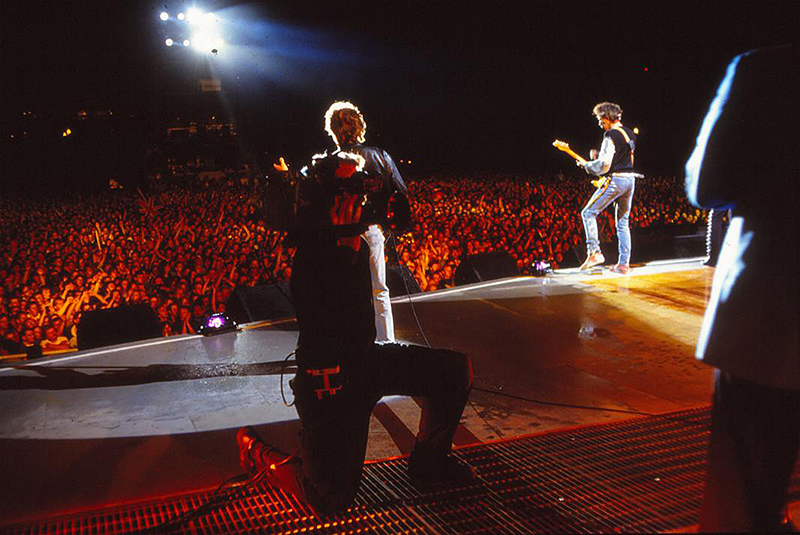
“Dave was our onstage, handheld cameraman on the Eagles’ Hell Freezes Over tour back in 1994-1996,” says Nook Schoenfeld, who was then lighting director on the tour. “It’s difficult for us at FOH to tolerate these camera operators, because most stand there like a band member on stage. But Neug was stealth. He kneeled down, stood in the shadows — we never saw him. But every night, he had this one move we would watch for. He had to run from kneeling down offstage left of Joe Walsh to get to the piano player upstage right — a good 100-foot span — in about 10 seconds. We didn’t watch Neug per se, but we looked for the poor stagehand assigned to page his camera cable during this move as they would either get knocked out of the way as Dave rounded the riser full speed or trip over something trying to keep up with him. It was a great laugh. Dave never missed that shot.”
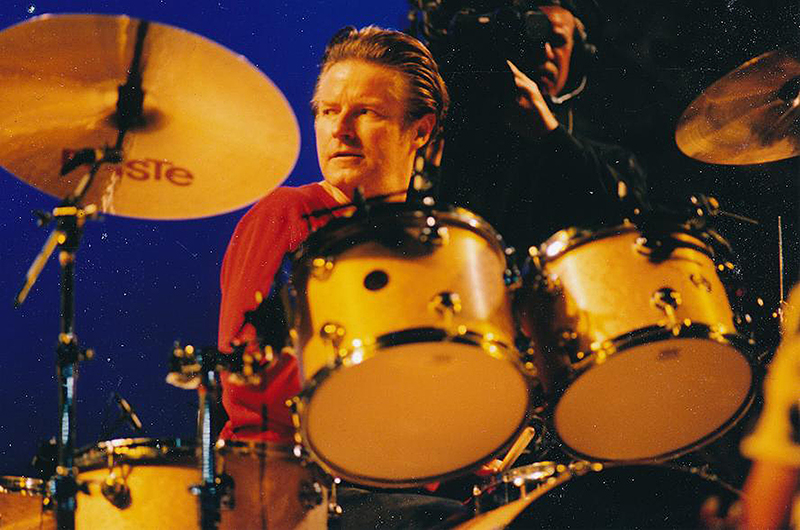
Subs, Guam and Nocturne
“Neug” [pronounced Nooog] grew up in the Bay area and joined the Navy. He scored high on a test, and that made the military think he’d be good at all things technical. Next thing he knew, he was on a sub working with weapons systems. He got off the boat and out of the Navy in Guam, and as happenstance would have it, landed at KUAM, the AM/FM/Television stations for the island. “I just showed up at the right time, and working video just bit me like a vampire,” he says. Now this is kind of crazy: “For some weird reason, KUAM’s owner, Bob Berger, went to the 1979 NAB trade show and came back with the first video switcher with digital effects, the Vital Industries Squeezoom,” he says. For a while, only CBS Sports and that little station on that tiny island had one. He would master the state-of-the-art but complicated switcher.

In the early 1980s he returned to the Bay Area, where he put his now formidable video chops to work as a television photojournalist, including for CNN. He settled in at KICU-TV in San Jose as a news camera operator/editor before moving into production. In 1985, he and a reporter were sent off to an accident where a school bus full of children slammed into a truck. Once at the grisly scene, the two forsook reporting to pull kids out and help as many as he could. When the firefighters showed up, the two were thanked. But not everyone appreciated their judgment. “Back at newsroom, we got reamed, and we were told to never ‘become part of the story.’ I said f*** that, and quit right there.”
With a good reputation and good gear, he found himself doing odds and ends. Then a call came from a video company called Nocturne to do a 40th birthday party for San Francisco 49ers owner Eddie DeBartolo at the town’s new Hard Rock Café. This began a long, fruitful relationship with Nocturne. They hired him for his first gig, doing handheld stage work, for Huey Lewis at the Oakland Coliseum in December 1986. Then they told him they wanted to send him out on tour with either Madonna or David Bowie. “I’d have had to dance on stage with Madonna, so I picked Bowie. It was a fantastic crew and experience. I loved it.”
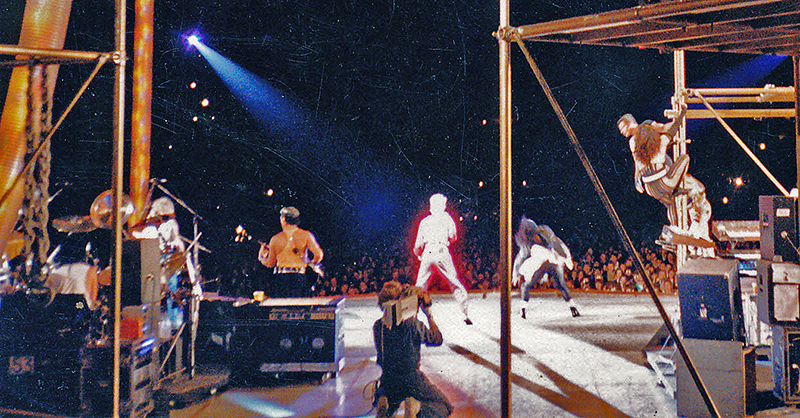
The 1990s
In 1992, Neugebauer was part of the elaborately staged multimedia extravaganza that became one of rock’s most memorable tours: U2’s Zoo TV. He met a lot of good people on that tour. On the Europe wing, he says they brought on “three Irish legacy kids,” Mark O’Herlihy, Tony Bohan and Chris Keating. The set’s giant video screen setup involved basically a television studio control room. “It included a 16-channel audio board that then went FOH, and whenever I see [FOH engineer] Joe O’Herlihy, I joke he still owes me money for being part of the audio crew!”
He says there were many fantastic aspects to that show: “24-year-old David Lemmink writing software to run all the video machines, Jay Strasser running the jib camera on the dolly that trucked out to the B-stage, the Trabant lighting fixtures… so much more.” His job on the tour included setting up the video system, doing a little editing, shading cameras, running the robotic camera and also running that 16-channel audio board. “Most video content was played back from 10 laser disk players, and some of the content clips had audio,” he explains. During the early iteration of the tour, when the shows were indoors, they hung a robotic camera from the truss on a pipe. When they went outdoors, it was mounted on the “Super Tower,” which was a “mini” (60-foot) TV tower just off the downstage left edge. Then in Europe, on Zooropa and beyond, they decided to lose the tower, and Neugebauer was then told to run it as an on-stage handheld camera. “Because we had taken on the three ‘legacy’ Irish youngsters, I was able to pass my show duties over to Tony Bohan, which freed me up to do camera. It was an amazing tour from beginning to end.”
Next, Neugebauer headed to Atlanta for the 1996 Summer Olympics after Candace Brightman hired him to be a video producer for the Centennial Games. “She was hired to design the AT&T Centennial Park in Atlanta, and I was tasked with working with the video editors to produce a series of highlight videos from the last 100 years of the Olympics.” It was an interesting gig: He got to study the history of the Summer Games and then jet off to Lausanne, Switzerland, for two weeks, where he had their archivists pull various bits from past Olympiads. “It was pretty cool having a staff of folks dedicated to finding me various bits. In the end, I left with 140 minutes of Olympic highlights, ranging from 1912 black and white film transfers to the previous Summer Olympics.” Then, the month before the Olympics, he worked for Nocturne, beefing up their production facility by mounting the 140 TVs in the pavilions and other tasks related to them building up a 20-plus channel RF CCTV station where people in the pavilions could watch the acts on the stage or the various Olympic feeds. “Once we got rolling, I shaded cameras and did editing. It was a lot of very long days.” Next up was Gloria Estefan’s Evolution tour, which ran from 1996 to 1997. It was his last full tour as the onstage handheld camera op.
Neug was also part of KISS’ mega Psycho Circus tour, which kicked off in late 1998, working as the systems engineer. KISS had a company produce some 3D content and hired a guy they called “Jaundice Steve” to operate and maintain the live 3D camera. It consisted of two Sony XC-555 cartridge cameras mounted in a hobby box. The 3D vendor planned to shoot the 40-by-27-foot upstage center rear projection screen that was using 32 Barco 8200 three-gun video projectors rigged upstage, behind the stage. Michael Pence was the Nocturne tour projectionist, and when the two showed up at rehearsal, they realized that this thing would be a major headache every day, and impossible in some venues. “Michael was one of the best projectionists in the industry and thought that four JVC/Hughes video projectors could do this with a footprint a quarter of the size of the proposed rig. So we researched the hell out of 3D tech and came up with better polarizing gels, and a better way to mount these gels, and got a better image. We finally had a shoot out with the 3D vendor, and the JVC Hughes PJ’s won.” The Steve guy had apparently never toured before and had a habit of not showing up on time, and a month into the tour, left with the 3D camera after differences arose between production and the 3D vendor. The next day, Neugebauer grabbed a bit of metal from the grandstands in the new arena they were playing. He put together a couple of the smaller fixed POV cameras. “It was a pretty sweet victory.”
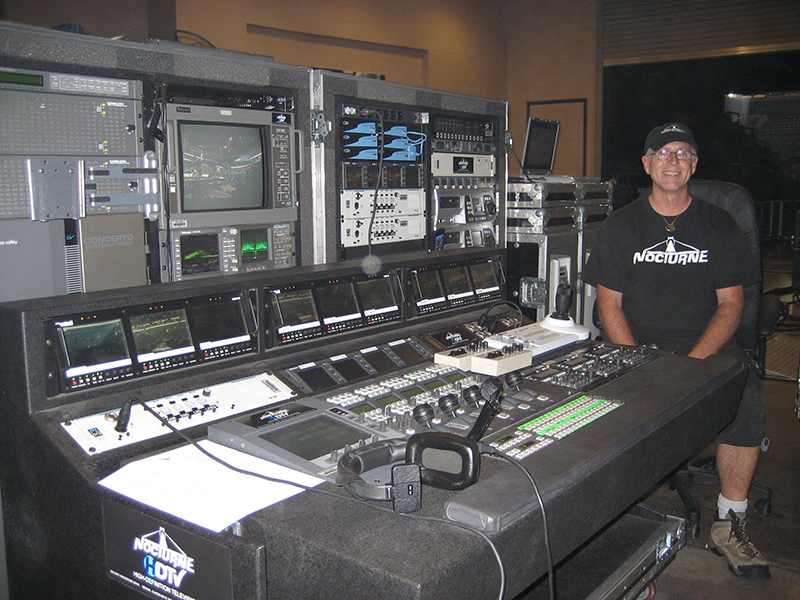
The Eagles
That massive tour was followed by another one the next year: Cher’s 1999-2000 Do You Believe tour. Doriana Sanchez was the show director/choreographer and Kate Twitchell [nee Ferris] was the video director. “It was those two who thought that I could replace Kate when she had to leave due to an injury. I have them to thank/blame for getting me into directing.” Then there was the time he was fired. In 2003, Dixie Chick Natalie Maines famously told an audience in England that she was ashamed of President George W. Bush. When the tour ensued with Neugebauer as video director, the political blowback had created tension. He was suddenly getting yelled at about errors out of his realm, like the time the spotlight operator didn’t have a light on during a crucial point in a song. He caught flak because people in the back of the arena couldn’t hear the music. And it’s not like he didn’t have his hands full: it was the first time he was working with a video floor which had 7K DVI connections that all needed to be carefully assembled and disassembled for load-ins and -outs. So when he was given the pink slip, he didn’t feel that bad.
He had long been a crucial part of the Nocturne team working with Bob Loney, Dave Lemmink and Paul Becher, among others. “They had really good systems, good people and Bob [Brigham, CEO] really took care of people.” When PRG acquired Nocturne in 2011, Neugebauer didn’t stick around too long though he continued to work with the bands that were long-time Nocturne clients including Metallica, The Rolling Stones and the Eagles. Some of those bands would hire him to work with them directly. Since he was wearing several hats, sometimes he would “double dip,” like on the last Eagles tour. That organization had moved to Solotech, and Solotech hired Neugebauer to help build new systems. Then Neugebauer walked out, and walked back in a week later, as a member of the Eagles’ team. “I was both the vendor and the client,” he says.

After doing handheld camera work for Hell Freezes Over, he moved up to systems engineer for their show that opened the new stadium in Denver, back in 2001. “And then, in February of 2008, I was given the nod to direct them on the Long Road Out of Eden tour.” By 2012, the Eagles were only doing a handful of gigs every few months, so he jumped at the chance to direct the Rolling Stones’ 50th Anniversary shows.
“I was asked to take over directing Metallica, taking over for their director of 15 years, the amazingly talented Marcia Kapustin.” She was going to tackle law school — “which she did, successfully.” So he took the director’s chair for Metallica from Oct. 2016 through Aug. 2017. In February of 2017, he saw that the Eagles were going to do two shows with Vince Gill, and put his hat into the ring, figuring that it was just two shows. “After making arrangements with a not-too-pleased Metallica management, I did those two shows, and the rest is, as they say, history… I finished the Metallica stadium tour after the two Eagles shows, but then left Metallica and began another tour with the re-formed Eagles.”
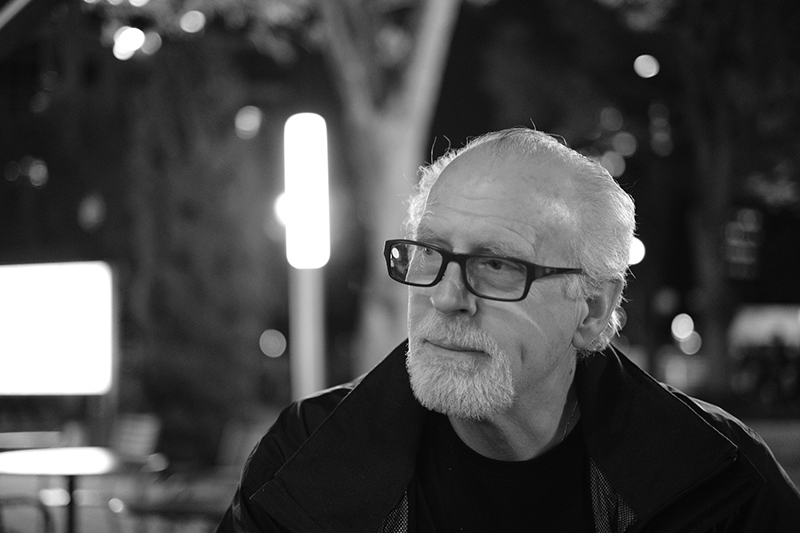
He offers an honest assessment of his own role as a director: “I can be rough on the headset — I’m not a warm and cuddly director. I tell the camera people that if there’s a guitar solo, I don’t want a tight shot of the hands without an establishing shot on who is playing it. If I have to just go with the tight hand shot, I can ‘get grumpy’ — we want to know who is playing the guitar!” Today he shares his home with his wife Lena of 32 years, an impressive feat for a roadie. They have two sons, Victor and William. “I’m fortunate that both are doing well in the world considering that a job in this business sometimes can turn you into ‘uncle dad’ because of all the time away.” Victor got into the business himself handling server and camera gigs, and even went out with his father as assistant director on the last Eagles’ tour.
As far as “retirement” goes … “I’m not ready. I was hoping for a little more work. It’s a fascinating job that has taken me everywhere. You work hard during the day to put the show together, and then watch and listen as the crowd reacts to the production … That’s kind of cool.” But of all the various video-related work he’s done, being a handheld camera man was his favorite. “It’s not about being on stage; in fact, usually you can’t even figure out where I am.”


